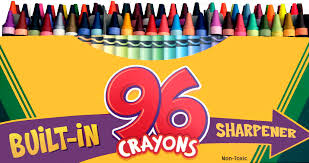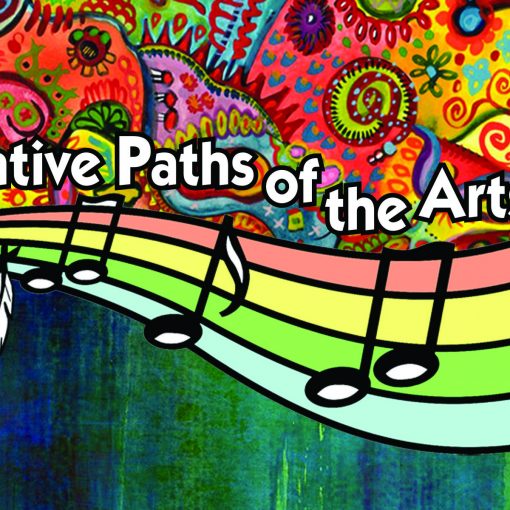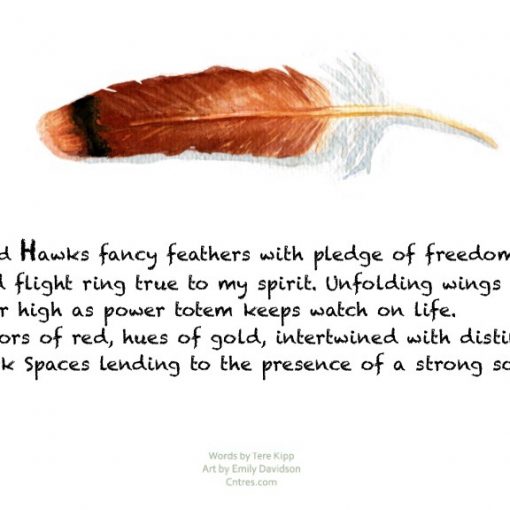I can’t remember a time when music was not an essential factor in my life. My earliest childhood memories are of singing, followed by an entire lifetime of being an artist. So, my involvement in the arts seems fitting and suggests bias concerning the importance of arts in education. As an advocate for the arts, being a lifelong musician offers advantages. My perception of the subject becomes twofold, first based on years of research, study, and findings, and second, based on my lifestyle as a musician. This broad perspective offers the additional vantage point of viewing the subject from the inside out.
The various forms of teaching the arts are:
· Arts as a curriculum – the study of specific art forms
· Art-enhanced curriculum – using art forms to enhance or explore a curricula concept(s).
· Arts-integrated curriculum – curriculum lessons have dual objectives, which include an art form and the content knowledge
So, what is the importance of arts education? To answer this question, you need to identify the intention of the lesson. It goes without saying for students who choose an art form as a profession. It is not only important, but it is also necessary. Yet, how does the study of various art forms affect the other 98% of students with very little interest in the arts? Studies suggest that students meet dual learning objectives when they engage in a creative process to explore connections between art forms and other subject areas and gain a greater understanding of both. Also, research studies associate art education with improvement in math, reading, cognitive ability, critical thinking, and verbal skills, as well as mentally improving motivation, concentration, and confidence. So clearly, the information based on curricula, research, and findings clarifies the importance of arts in education to student learning.
A factor that should be considered when discussing the importance of arts in education is its aftereffects on the creative economy. So, what is the creative economy? It is an economic system derived from the value-based workings of creativity, imagination, and innovation. This creative sector of economics directly affects job markets, trade surplus, tourism, and cultural arts. It is a major contributing factor to the national and global economy.
U.S. Creative Economy 2020
Arts and Culture added $876.7 billion to the US GDP
$28 billion trade surplus in Arts and Culture commodities
$446 billion in wages
4.6 million in industry jobs
Arts and Culture = 3.1% of all U.S. Jobs
Global Creative Economy 2020
6.1% Global Industry GDP
$2 Trillion in wages
50 million in industry jobs
The correlation of student learning to national economics is directly linked to community building, as students choose professions, settle into communities, and become contributing economic factors. As the creative economy has a strong presence in the nation’s overall national budget, it also has an equal presence within the community.
As an artist, my perspective on the creative economy is not necessarily based on statistics but rather likened to a natural occurrence. I was drawn to non-profit business and community education as an adult artist. This choice has afforded me many years of actively participating in community arts and education program development. I view the interjections of the creative economy into community budgets as the additional colors you get when you purchase the “extra-large” box of crayons. Such as azure blue!
When contemplating the importance of arts in education, I suggest you take an in-depth look at the creative community beyond musicians, concerts, artists, and art museums. Look for the additional colors in the crayon box: graphic arts, music studios, music stores, guitar teachers, dance studios, videographers, technology, textiles, craft supplies, craft fairs, jewelry makers, creative arts colleges, indigenous arts. The list goes on and on and is sometimes even community specific. Once you have a comprehensive perspective on what feeds your community’s creative economy, think about where it all begins with students.





